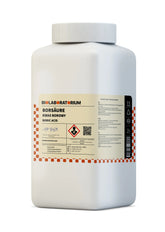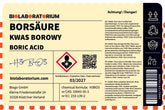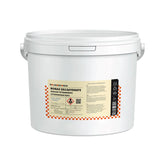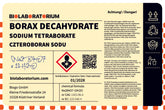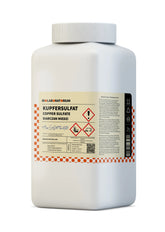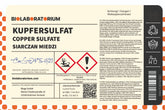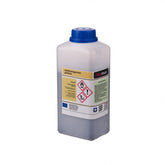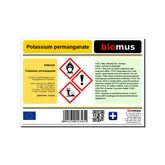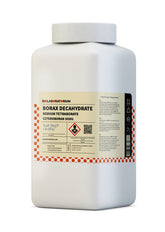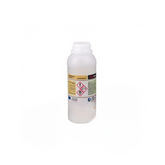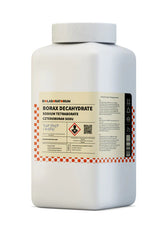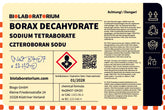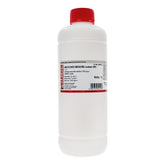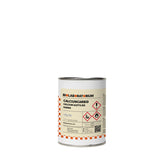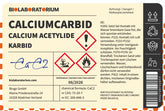Amidosulfonic acid – properties, technical applications, and safety
Amidosulfonic acid, also known as sulfamic acid, is a chemical compound with diverse applications in industry. In this blog post, we will take a closer look at the key properties, uses, and safety aspects of amidosulfonic acid.
What is amidosulfonic acid?
Amidosulfonic acid is an organic sulfur compound with the chemical formula H2NSO3H. It is a white, crystalline powder that is well soluble in water. Amidosulfonic acid is also known as sulfamic acid.
The compound is formed by the reaction of sulfur dioxide (SO2) with ammonia (NH3) and water. This process is also known as sulfonation. Amidosulfonic acid is an important intermediate step in the production of various chemicals and products.
Properties of amidosulfonic acid
Amidosulfonic acid is characterized by the following properties:
Chemical stability
Amidosulfonic acid is a relatively stable compound that does not easily decompose at normal temperatures and pressures. It is resistant to acids, bases, and many oxidizing agents.
pH buffering effect
Amidosulfonic acid has a pronounced pH buffering effect. It can therefore be used to maintain a constant pH in chemical processes and products.
Complex formation
Amidosulfonic acid can bind metal ions and form stable complexes. This makes it a useful complexing agent in technical applications.
Reactivity
Despite its stability, amidosulfonic acid is also reactive enough to serve as a starting material or intermediate in various chemical syntheses.
Technical applications of amidosulfonic acid
Due to its versatile properties, amidosulfonic acid is used in numerous industrial sectors:
Cleaning agents and detergents
Amidosulfonic acid is used as a pH buffer and complexing agent in cleaning agents, detergents, and other detergents. It helps improve the effectiveness of the products.
Galvanotechnik
In electroplating, amidosulfonic acid serves as a complexing agent for metal ions. It enables the deposition of metals on surfaces with high quality.
Textile finishing
Amidosulfonic acid is used in textile finishing, for example as a component of dye baths or finishing agents.
Paper production
In paper production, amidosulfonic acid is used as a filler, sizing agent, and pH regulator.
Metal processing
Amidosulfonic acid is used in metal processing operations such as pickling, degreasing, and passivation.
Chemical syntheses
As a reactive intermediate, amidosulfonic acid serves as a starting material in many organic chemical syntheses.
Further applications
In addition, amidosulfonic acid is used in pharmaceuticals, cosmetics, agriculture, and other industrial sectors.
Safety in handling amidosulfonic acid
As with all chemical substances, certain safety aspects must be observed when handling amidosulfonic acid:
Health risks
Amidosulfonic acid is generally not dangerous to humans under normal exposure. However, inhalation, ingestion, or skin contact may cause irritation. Therefore, the use of protective equipment such as gloves, safety glasses, and respiratory masks is recommended.
Fire hazard
Amidosulfonic acid itself is not flammable, but upon contact with strong oxidizing agents or heat, it can release sulfur dioxide, which poses a fire hazard. Therefore, safe storage and handling must be ensured.
Environmental aspects
Amidosulfonic acid is water-soluble and can lead to acidification in water bodies. Therefore, improper disposal should be avoided. When disposing, the applicable environmental regulations must be observed.
Overall, amidosulfonic acid is a versatile chemical that can be handled safely with the right safety measures. Due to its properties as a pH buffer, complexing agent, and intermediate, it is indispensable in numerous industrial sectors.

